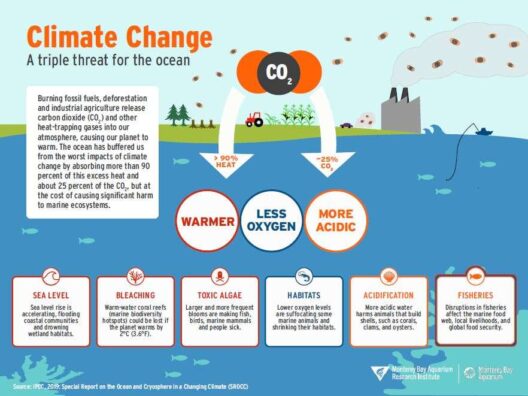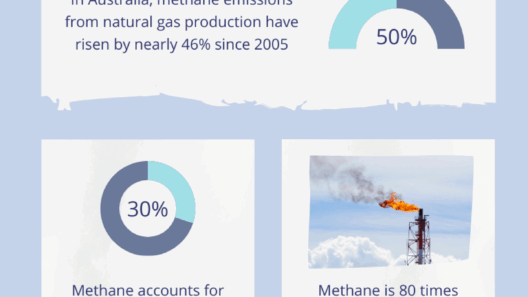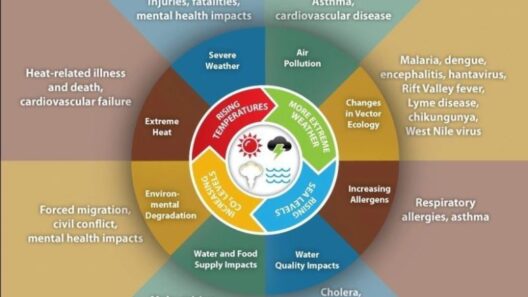In the intricate mosaic of organizational behavior, the concept of command climate assessment emerges as a vital pillar that supports the edifice of effective leadership. Conceptually akin to taking a pulse, this assessment serves to gauge the health and vitality of an organization’s culture. It is an essential tool—an astute navigational compass that guides leaders through the tumultuous waters of human interaction and team dynamics.
The notion of command climate defies simplistic definitions. It encapsulates the prevailing atmosphere within an organization, influenced by myriad factors such as policies, interpersonal relationships, and overall morale. Much like a microclimate that can exist within a larger ecosystem, command climate can vary significantly from one team to another, even within the same authority. Therefore, undertaking a comprehensive command climate assessment is akin to conducting an ecological survey; it requires meticulous observation and discernment to capture the nuances of human interactions.
Leaders wield command climate assessments to discern how their team’s experiences align with the overarching goals of the organization. This evaluation is not merely a perfunctory checklist; it is a sophisticated mechanism through which leaders can unearth the hidden layers of organizational emotions. Just as a skilled botanist assesses the health of a forest by examining its flora and fauna, leaders delve into employee perceptions, attitudes, and behaviors to better understand the organizational landscape.
At the core of the assessment lies an array of methodologies, from structured surveys to unstructured discussions. Surveys act as the primary tool for quantitative analysis, offering metrics that illuminate trends and patterns. Leaders can parse these findings with a fine-tooth comb, dissecting the variances that indicate where the command climate flourishes and where it falters. Conversely, qualitative assessments—through interviews and focus groups—provide rich narratives that breathe life into numbers, revealing poignant stories of employee engagement or disenfranchisement.
So why do leaders prioritize command climate assessments? First, the insight garnered serves as a barometer for organizational health. A positive command climate often correlates with higher employee morale, increased productivity, and reduced turnover rates. When individuals perceive their organization as supportive and empowering, they are more likely to invest their time and energy into collaborative endeavors. In contrast, a negative command climate can lead to apathy and disengagement, much like a blighted tree at the heart of a thriving forest.
Secondly, command climate assessments facilitate proactive change. By identifying areas ripe for improvement, leaders can intervene before simmering tensions erupt into broader conflicts. Consider a ship captain who regularly inspects their vessel; emergencies can be avoided through timely maintenance. Similarly, by addressing underlying issues such as miscommunication or inadequate resources, leaders can steer their teams back toward productive shores.
Another compelling reason for employing command climate assessments lies in fostering inclusivity and diversity within leadership practices. As organizations increasingly recognize the value of varied perspectives, understanding the command climate becomes essential in ensuring that all voices are heard and valued. Through thoughtful analysis, leaders can identify discrepancies in experiences among different demographic groups, thus championing programs that enhance equity and representation.
Implementing the findings of a command climate assessment requires a nuanced approach. The journey does not conclude with the distribution of surveys and compilation of results. Instead, it is crucial that leaders engage in transparent communication regarding findings and subsequent actions. When employees see that their feedback is being taken seriously and translated into tangible measures, trust begins to flourish. This participatory approach emboldens team members, encouraging them to contribute to shaping a polished and vibrant organizational climate.
Yet, vigilance is paramount. A command climate is not static; it is a living organism that evolves with time. Thus, regular assessments should be woven into the fabric of organizational practice. Consistent evaluation helps leaders remain attuned to the undercurrents of team dynamics, ensuring that they can remain agile and responsive to emerging challenges.
In summation, command climate assessment is an indispensable tool for leaders seeking to cultivate a thriving organizational ecosystem. This process of discovery illuminates both the strengths and weaknesses of a team, empowering leaders to enact meaningful changes that bolster morale and enhance productivity. By treating command climate as an evolving narrative rather than a rigid structure, organizations can foster environments characterized by collaboration, resilience, and innovation.
In the greater tapestry of organizational life, neglecting command climate assessment is akin to ignoring the weather patterns before embarking on a journey. Proactive leaders who embrace this practice are not merely navigating the uncertain waters of human dynamics; they are charting a course for sustainable growth and mutual success. Just as dynamic ecosystems adapt and flourish when nurtured, organizations can too thrive when they commit to understanding and enhancing their command climate.







